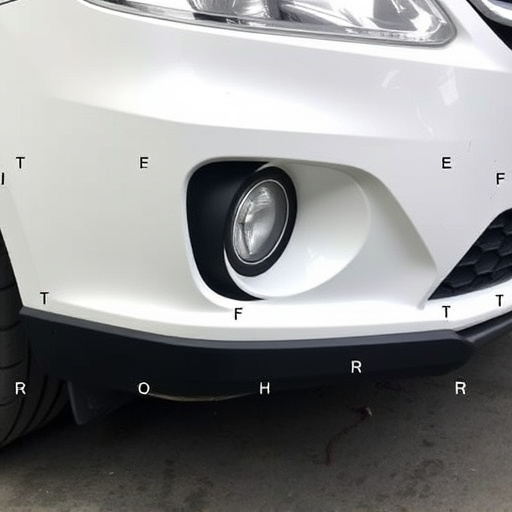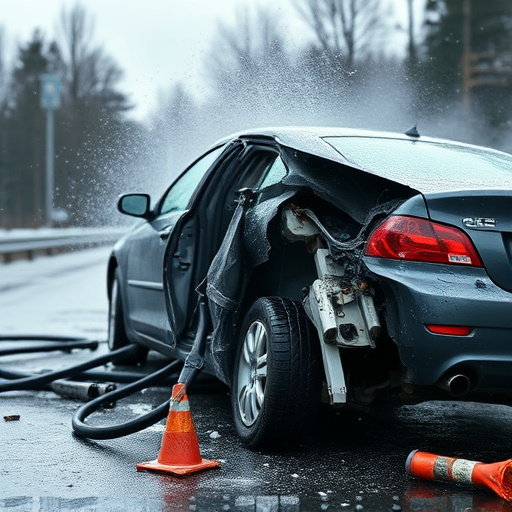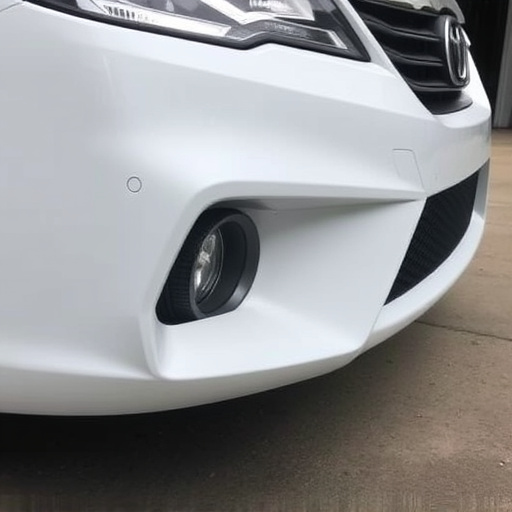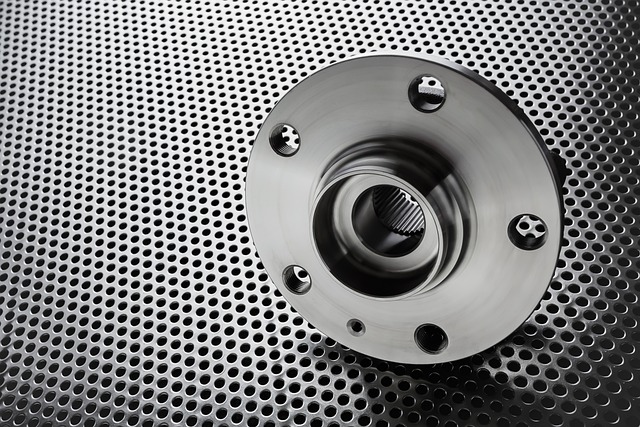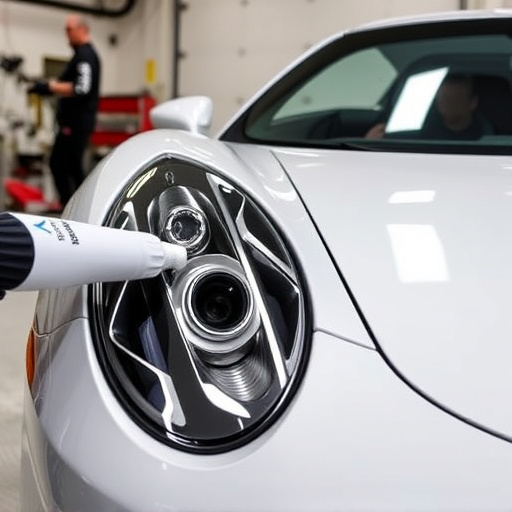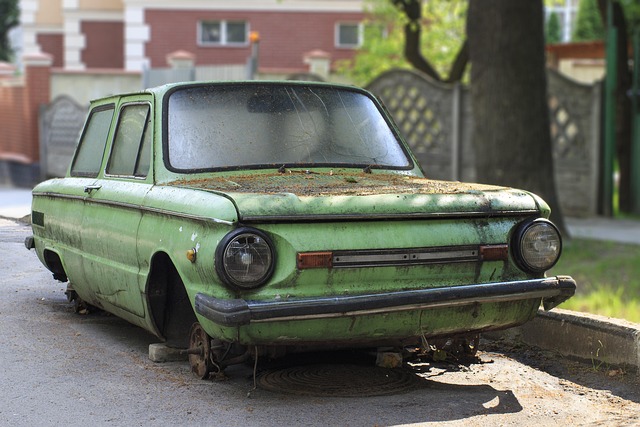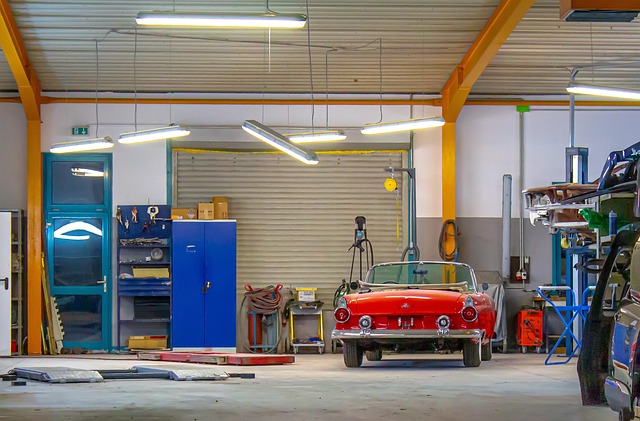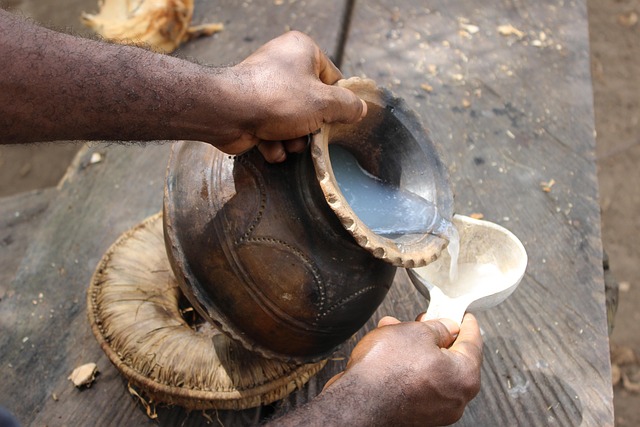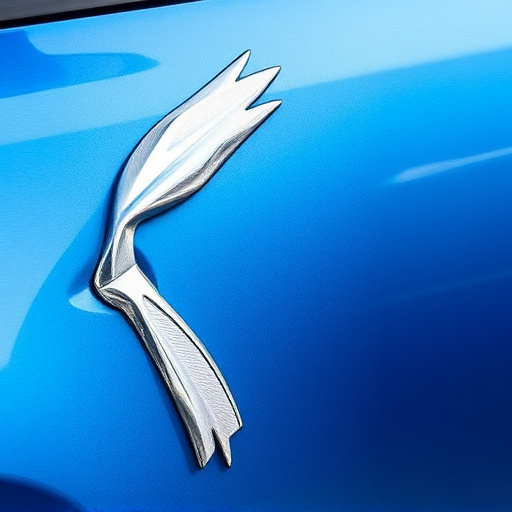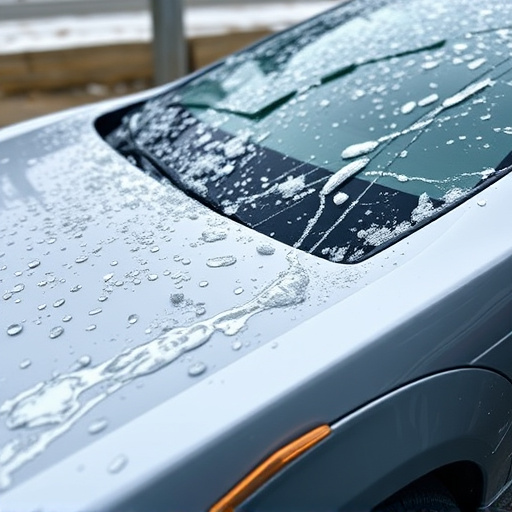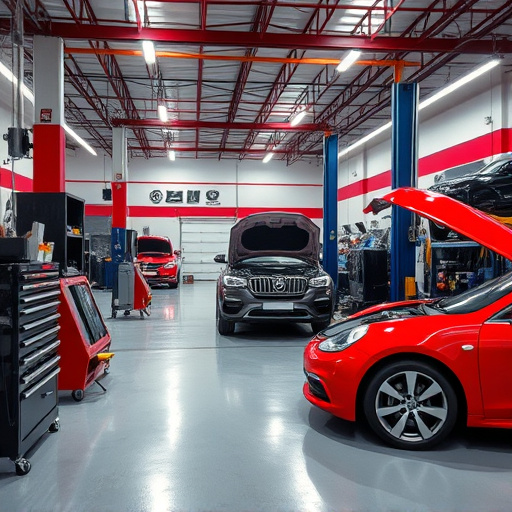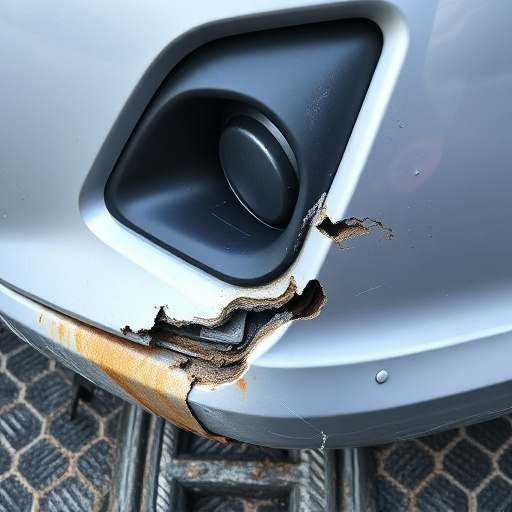Mercedes sensor adjustment is crucial for optimal vehicle performance and safety. Certified diagnostic equipment measures and adjusts sensors like oxygen, temperature, and pressure to prevent inefficiencies and breakdowns. Regular adjustments support reliable auto repairs, engine efficiency, and the preservation of luxury vehicle functionality and resale value. Using specialized tools through the OBD-II port ensures precise sensor calibration, avoiding costly safety hazards.
Mercedes owners often wonder about the importance of sensor adjustment. This comprehensive guide delves into the fundamentals of Mercedes sensor adjustment, highlighting its critical role in vehicle performance. We explore how certified diagnostic equipment plays a pivotal part in ensuring precise calibration. By understanding these key concepts, you’ll gain insights into maintaining your Mercedes’ optimal functioning through effective sensor calibration steps, ultimately enhancing driving experience.
- Understanding Mercedes Sensor Adjustment Basics
- The Role of Certified Diagnostic Tools
- Step-by-Step Guide to Effective Sensor Calibration
Understanding Mercedes Sensor Adjustment Basics
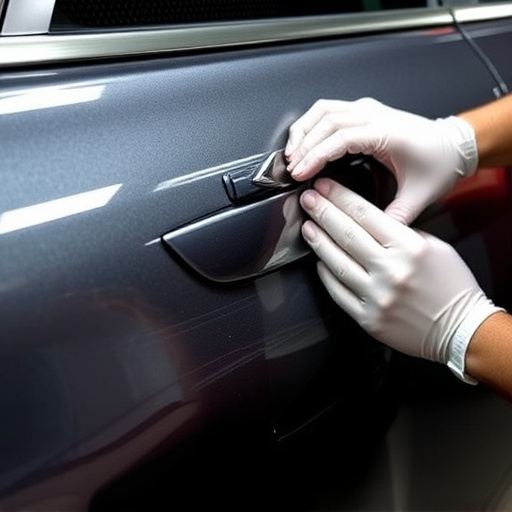
Mercedes sensor adjustment is a critical process that ensures the optimal performance and safety of your vehicle. Sensors play a vital role in modern cars, monitoring various systems and components to provide real-time data for engine management, emissions control, and other safety features. Over time, these sensors can drift out of calibration, leading to inefficient operation or even potential breakdowns.
Understanding how Mercedes sensor adjustment works is essential for any vehicle owner or auto repair near me specialist. Certified diagnostic equipment enables technicians to accurately measure sensor output and make precise adjustments as needed. This process involves using specialized tools to calibrate sensors like oxygen sensors, temperature sensors, and pressure sensors, among others. Regular sensor adjustments not only improve engine efficiency but also contribute to longer-lasting auto body repairs and the reliable performance of replacement auto glass.
The Role of Certified Diagnostic Tools
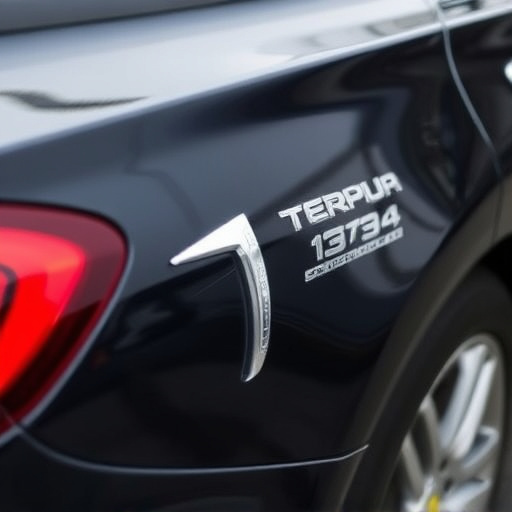
Certified diagnostic equipment plays a pivotal role in accurately performing Mercedes sensor adjustment. These advanced tools are designed to interact with a vehicle’s complex systems, enabling technicians to identify and rectify issues within sensors that control various functions crucial for a car’s optimal performance and safety. Unlike generic tools, certified equipment provides precise readings and data, ensuring any adjustments made during the Mercedes sensor adjustment process are spot on.
Moreover, using specialized diagnostic tools for car body repair, such as fender repair, ensures compatibility with modern vehicle diagnostics standards. This is particularly important in luxury vehicles like Mercedes, where intricate electronic systems govern everything from engine performance to safety features. The right equipment not only facilitates efficient Mercedes sensor adjustment but also guarantees repairs are conducted with precision and adherence to manufacturer specifications, ultimately preserving the car’s overall functionality and resale value.
Step-by-Step Guide to Effective Sensor Calibration
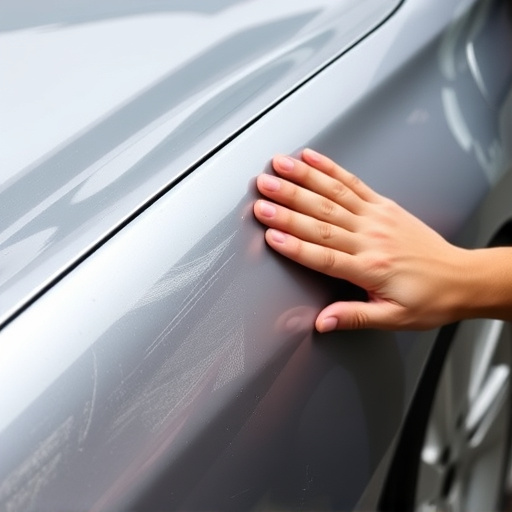
Performing a Mercedes sensor adjustment with certified diagnostic tools is crucial for optimal vehicle performance. Here’s a step-by-step guide to effective sensor calibration, ensuring your Mercedes functions at its best. Begin by connecting your diagnostic equipment to the car’s OBD-II port, accessing real-time data from various sensors. Next, use the software to identify sensors requiring adjustment, focusing on crucial areas like engine management and emissions control. Calibration involves fine-tuning sensor readings through a series of precise commands sent via the diagnostic interface.
For each sensor, follow specific procedures detailed in your vehicle’s service manual or consult a certified technician for guidance. This meticulous process ensures accurate readings, translating to enhanced fuel efficiency, improved engine performance, and reduced emissions—a far cry from the challenges faced in DIY auto glass repair or even managing a stubborn vehicle dent repair. Remember, incorrect sensor adjustment can lead to costly repairs and potential safety hazards, making professional tools and expertise indispensable for this task.
Mercedes sensor adjustment is a critical process that requires the right tools and expertise. By utilizing certified diagnostic equipment, car owners can ensure precise calibration of their vehicle’s sensors, leading to optimal performance and enhanced safety. Following a structured guide ensures effective sensor calibration, making it an essential step for maintaining your Mercedes’ efficiency and reliability.
